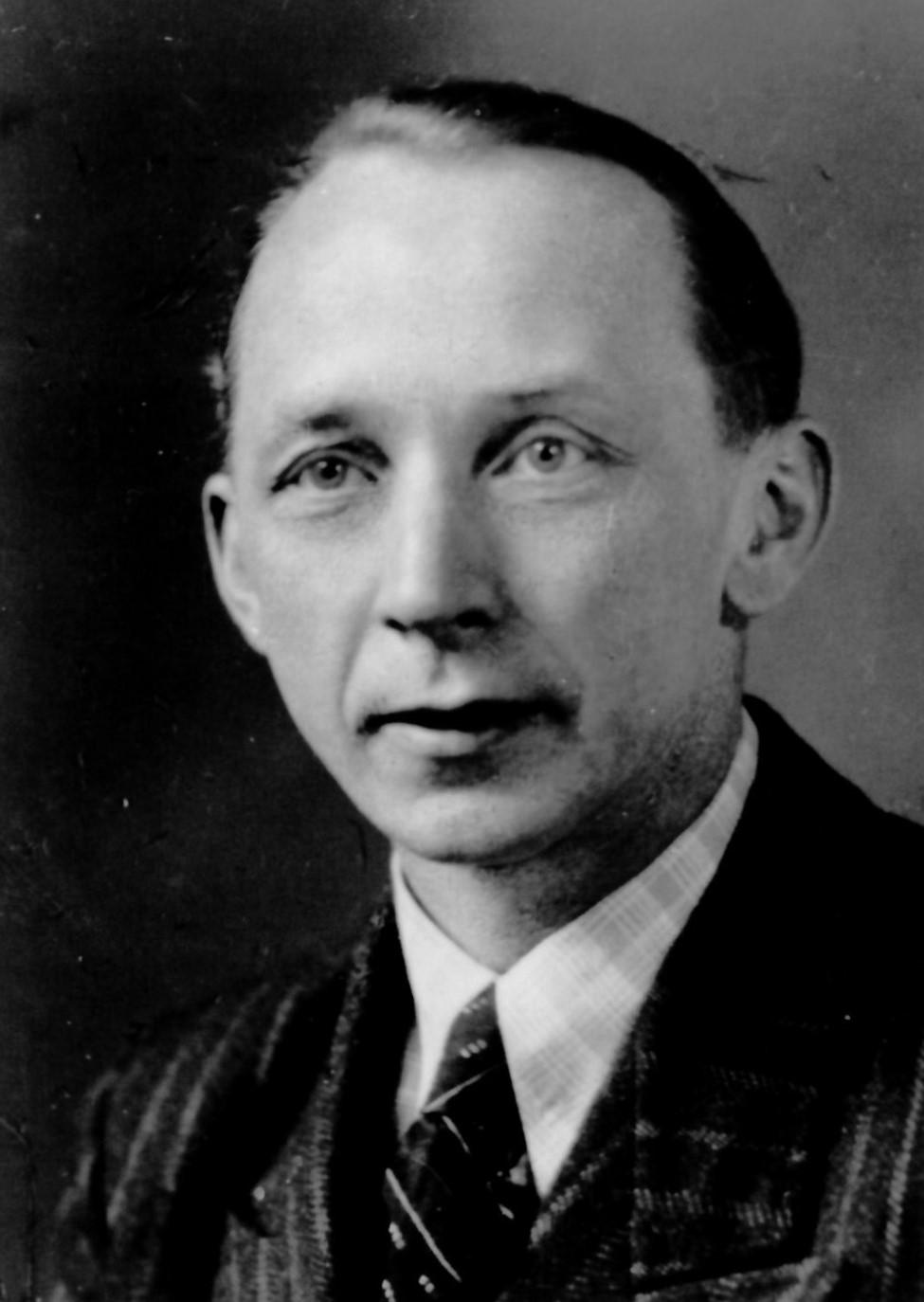Siemens Healthineers MedMuseum
Discover (hi)stories
- The history of Siemens Healthineers in the United States
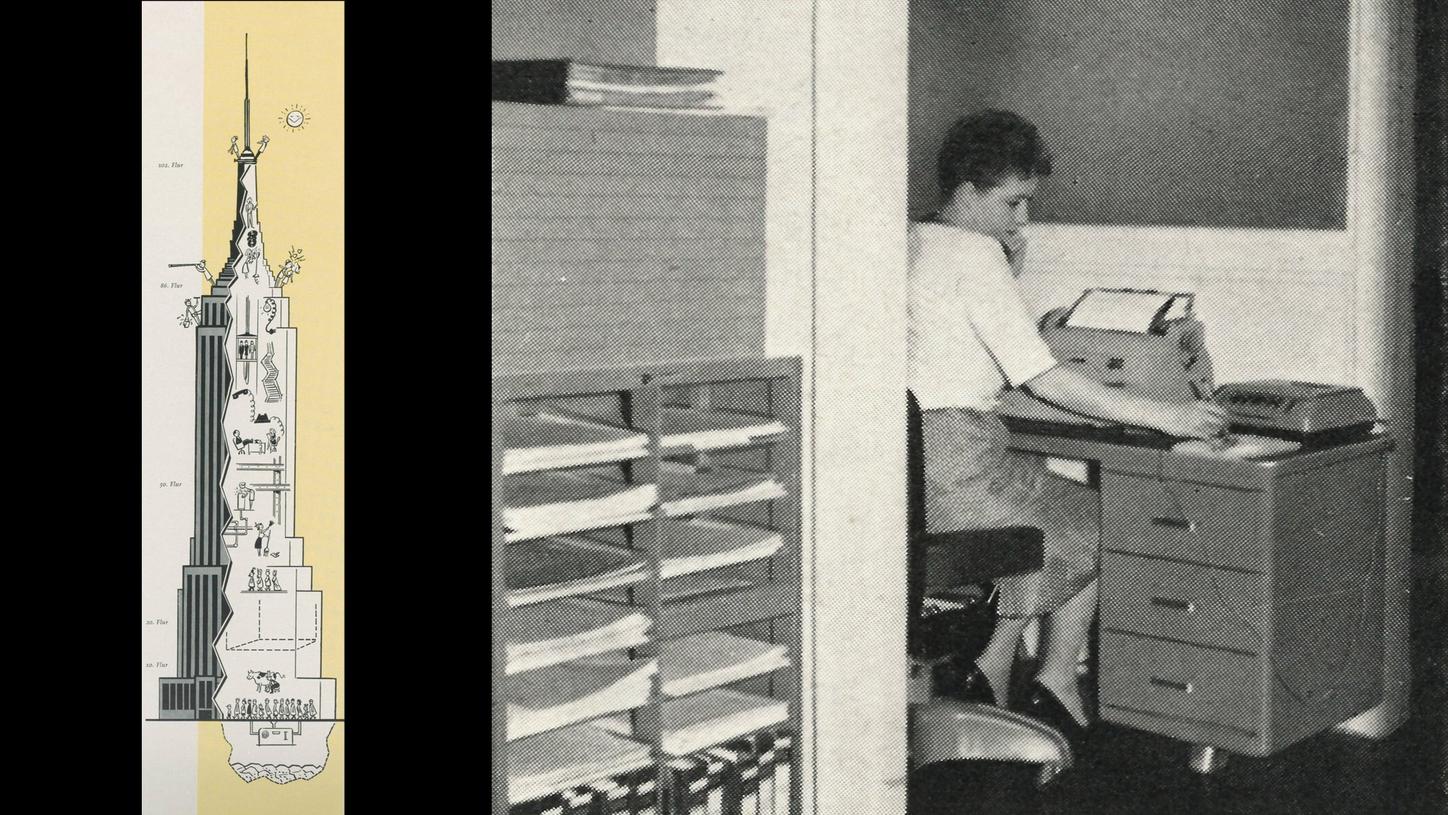
From a small office in the Empire State Building to one of the largest medtech manufacturers in the country
Writing to his brother William in May 1881, Werner von Siemens declared that ignoring the U.S. market would be “really a sin.” So Siemens & Halske (S&H) began making contacts there and seeking out people to represent the company’s interests in the country. At around the same time, the Erlangen medtech company Reiniger, Gebbert & Schall (RGS) was putting its feelers out across the Atlantic, and opened a New York office in 1886. However, the protectionist economic policies in place in the USA made it hard for the two companies to gain a foothold in “the land of unlimited opportunities.” Over time, the USA repeatedly passed laws that placed high tariffs on foreign products. When the Smoot-Hawley Tariff Act of June 1930 raised tariffs on over 20,000 products to a record high, all imported X-ray equipment became subject to duties of 40 percent. The situation was exacerbated by the fact that the USA had always had its own X-ray industry.
Even after S&H took over RGS in 1925 and the two companies pooled their medtech strengths by founding Siemens-Reiniger-Werke (SRW) in 1933, the American market remained challenging. There was too much competition from domestic manufacturers of X-ray technology, who had a highly developed nationwide sales network. At the time, SRW was represented by Adlanco Industrial Products Corporation, which was located in Lafayette Street in the heart of New York.
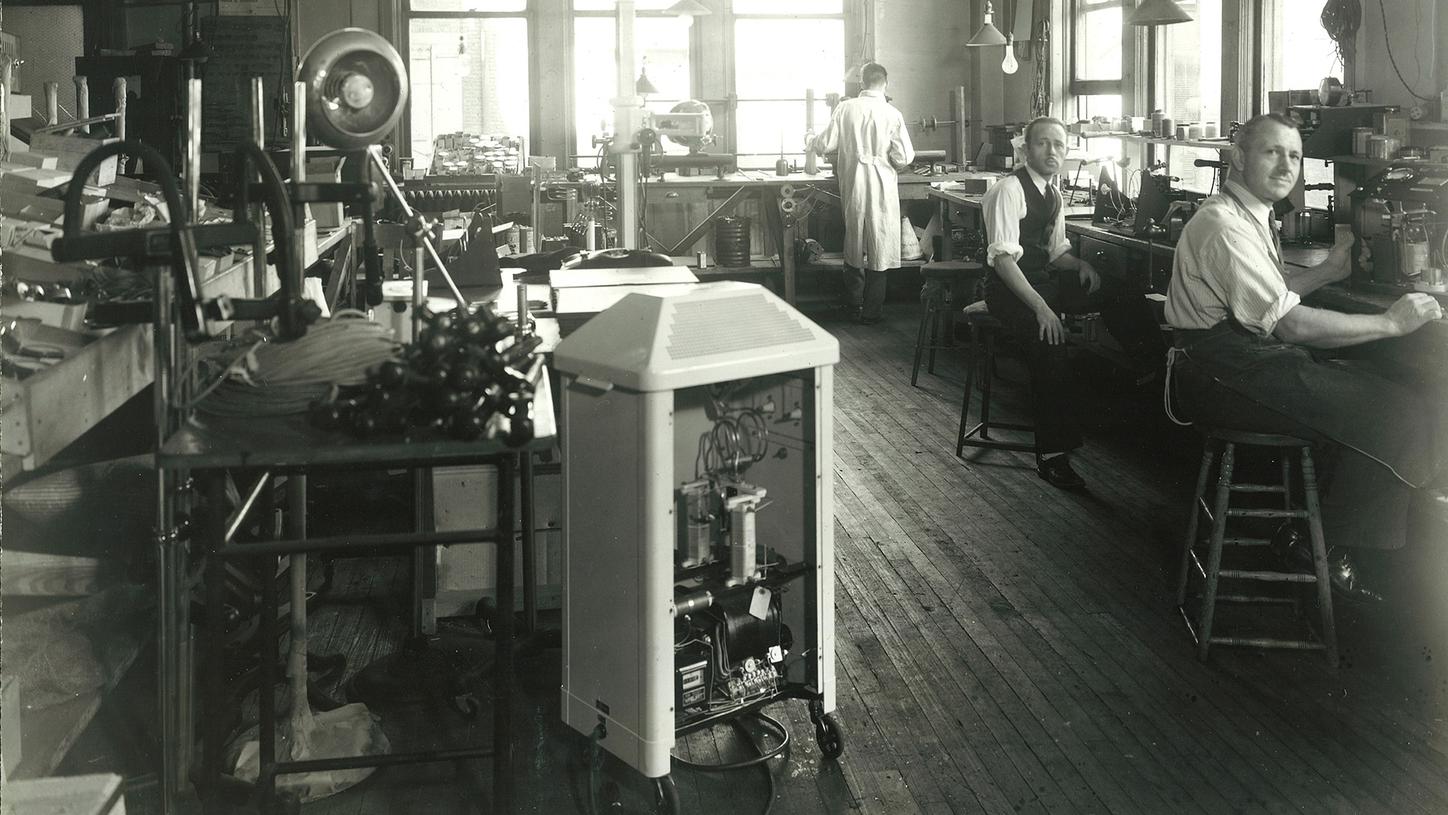
The Adlanco workshop
The land of unlimited opportunities
In Germany, the USA is often referred to as “das Land der unbegrenzten Möglichkeiten.” The phrase, meaning “the land of unlimited opportunities,” was coined by Ludwig Max Goldberger, a German banker and economic policymaker. After traveling to the USA as a student in 1901, Goldberger summarized his observations of the U.S. economy and used the term for the first time. It became a symbol for the USA, a country where it seemed as if anyone could make their dreams come true.
With around 15 employees, Adlanco did its best to make Siemens medical technology better known among the American medical community. At the 1937 International Congress of Radiology (ICR) in Chicago, SRW had a breakthrough. It finally succeeded in making a name for itself among the American attendees, with SRW employee Heinrich Franke saying, “Of course the European visitors among the American physicians are familiar with the name Siemens-Reiniger. But now it has reached wider circles, for whom the word Siemens-Reiniger previously meant nothing.” The ICR would be the last opportunity for Siemens to present its medical technology to the world for 13 years: During the Second World War, the business relationships that the company had painstakingly developed with the USA ground to a complete halt.
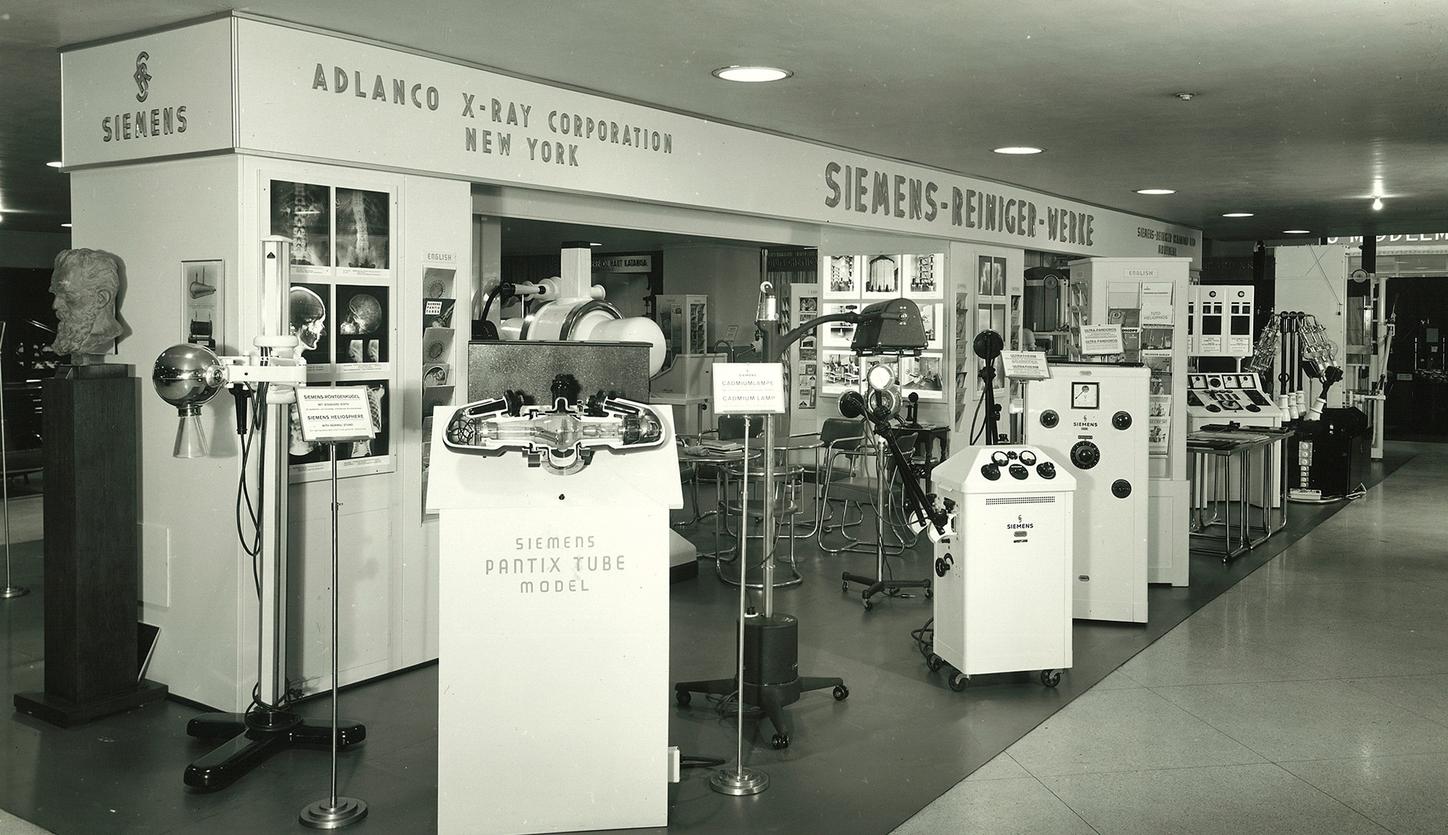
The Siemens-Reiniger-Werke booth at the International Congress of Radiology was particularly eye-catching: “That was mainly because everything was standard white with red flooring and illuminated red lettering. The competition, meanwhile, exhibited their all-black equipment against dark-brown and gray backgrounds. Also, the pleasing shape of our equipment and devices stood out against the competition,” said Dr. Sehmer, a member of the board at Siemens-Reiniger-Werke.
From the Empire State Building to Union, New Jersey
When the war ended, SRW had to start from scratch in the USA. In order to kick-start the business, SRW dispatched experienced employee Franz-Josef Bartlewski to the country in 1953. He opened an office in the Empire State Building and used this as a base from which to travel the entire country: “Two years moving from place to place, without a home. Today an itinerant preacher, tomorrow a wandering technician. Slowly, the number of contracts increased, our services expanded, and the SRW community grew.” Bartlewski’s tireless efforts paid off, as he put it aptly in 1960:
American radiologists no longer ask, ‘Who is this Mr. Siemens?’.
Franz-Josef Bartlewski
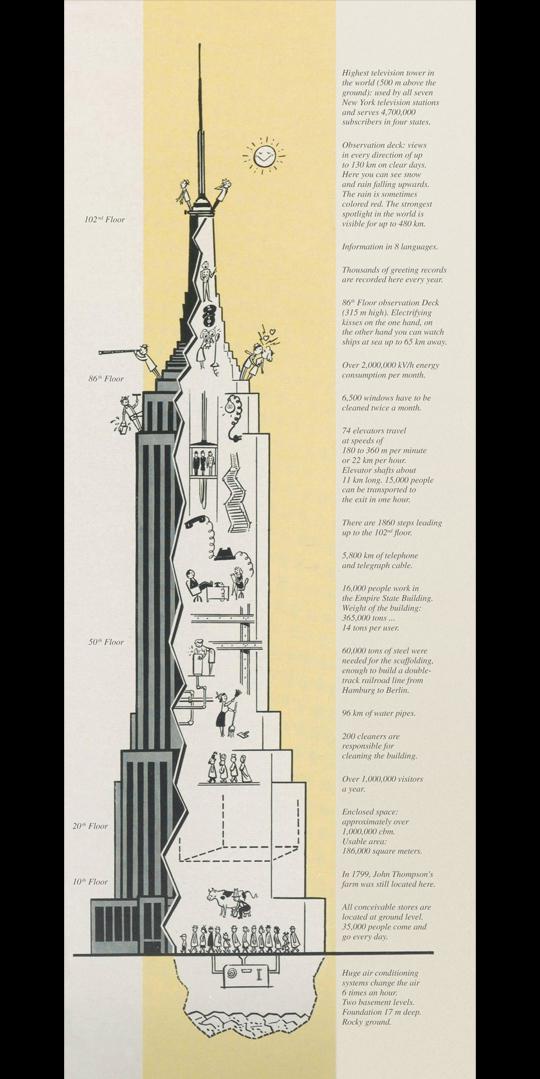
The U.S. office of SRW was located in the Empire State Building in New York from 1953 to 1963. This illustration and list of interesting facts about the famous building was published in SRW Hauspost, a magazine for employees, in 1961.
Of course, it was impressive to have the company’s U.S. headquarters in what at the time was the tallest building in the world — but the Empire State Building simply didn’t have the space for new workshops or storage facilities. So SRW moved its U.S. headquarters to Union, New Jersey, a quiet town about 30 km from the center of New York City. Under the motto “develop and expand,” SRW saw its U.S. business gain further momentum in the 1960s. This was also reflected in the workforce: By 1968, the number of SRW employees had grown to 269 in the USA.
Made in the USA
A major milestone was the opening of the first U.S. factory for Siemens medical technology in 1970. Located in Union, the factory began by producing devices for X-ray diagnostics: a special U.S. version of the Klinograph 2, and the Heliophos 600. Starting in 1974, a series of mergers resulted in many new factory locations being added in the USA. From Washington State and California on the West Coast, to Illinois in the Midwest, Tennessee in the Southeast, and New Jersey and Connecticut on the East Coast — soon Siemens medical technology was being produced at sites across the country.
Mergers and new factories
Between 1974 and 2019, the Siemens medical technology division took over 17 companies in the USA. This timeline gives an overview of the key mergers and new locations.
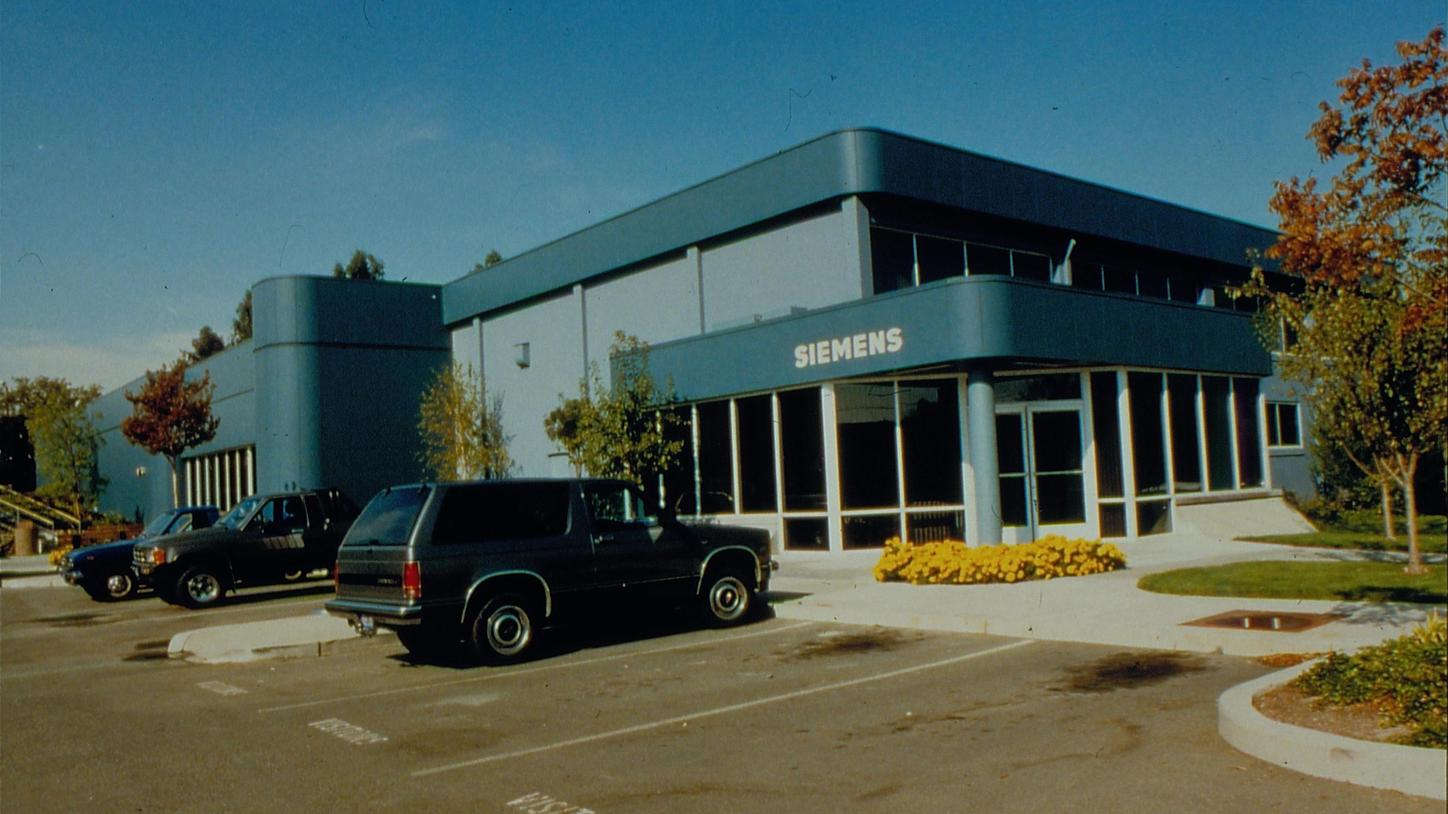
In 1974, Siemens took over the Applied Radiation Corporation in Walnut Creek, California, which had been developing and building linear accelerators for technical and medical applications since 1953. In 1989, the Walnut Creek factory closed and the production facility was relocated.
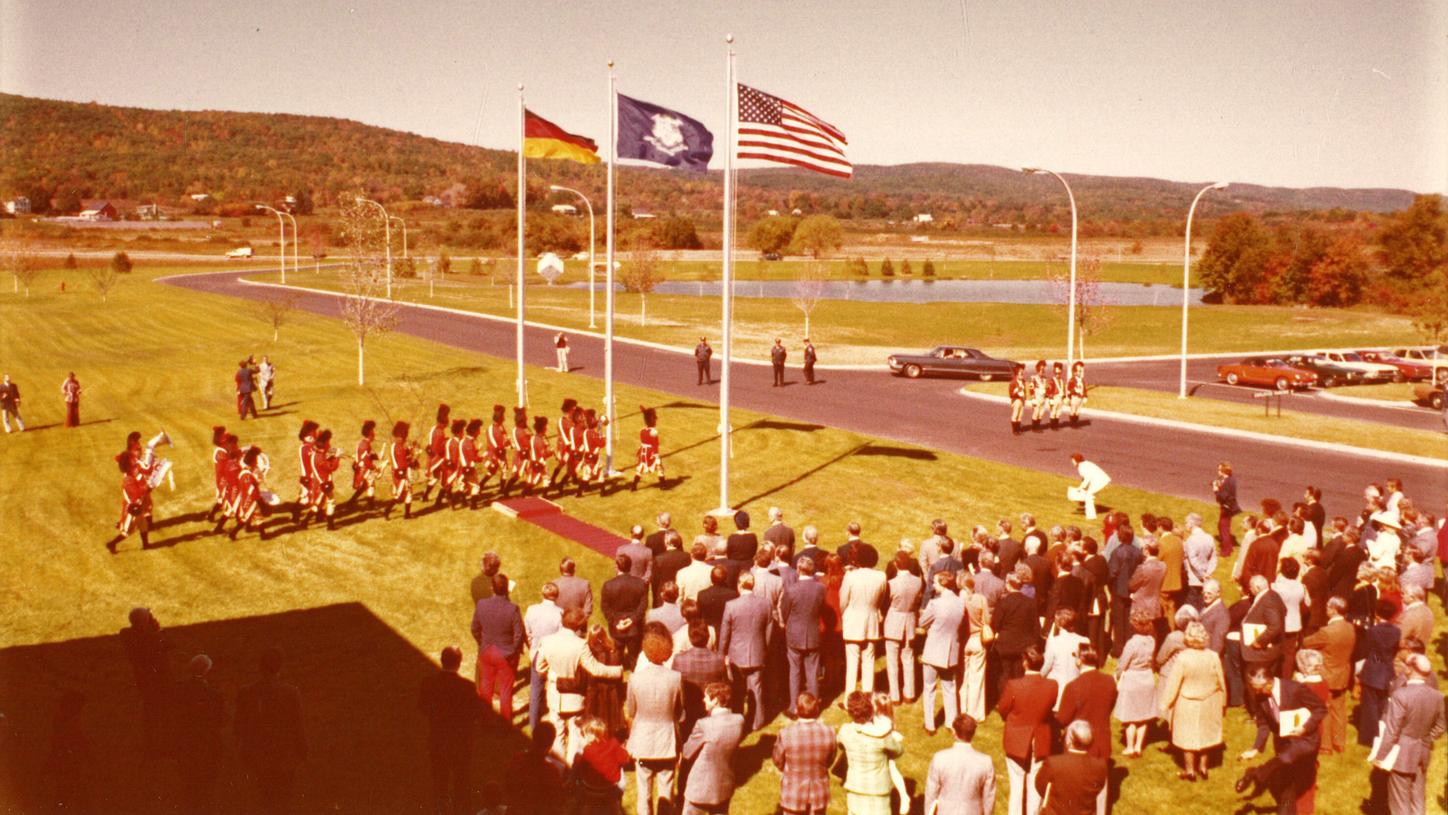
In fall 1975, Siemens opened a factory in Cheshire, Connecticut. Covering some 6,200 square meters, it produced electromedical products and X-ray machines until 1982.
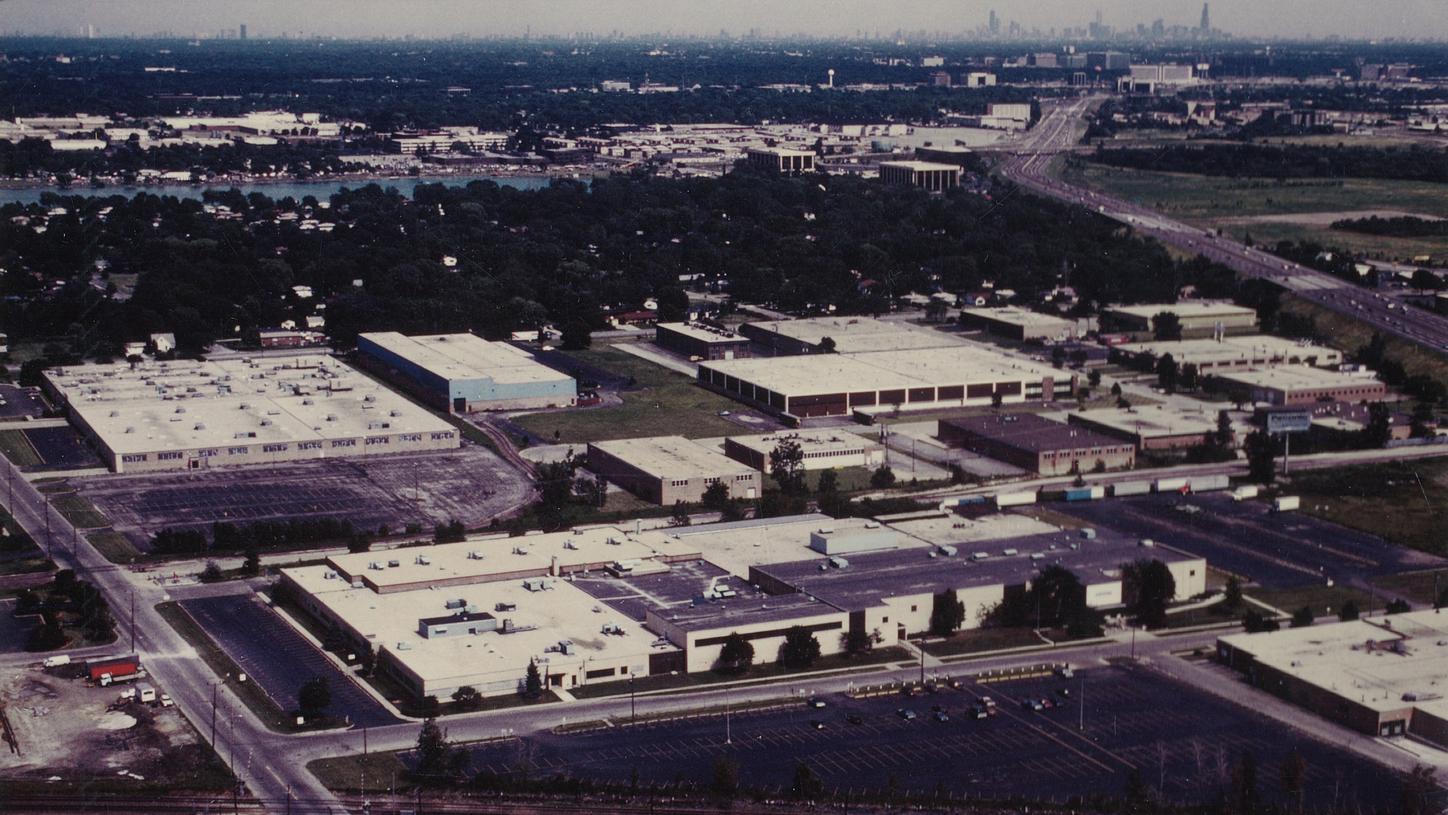
In 1980, Siemens bought the medical technology division of Searle Radiographics. From the existing factory in Des Plaines, Illinois, it produced equipment for nuclear medicine and ultrasound diagnostics. Ten years later, the factory was relocated to Hoffman Estates.
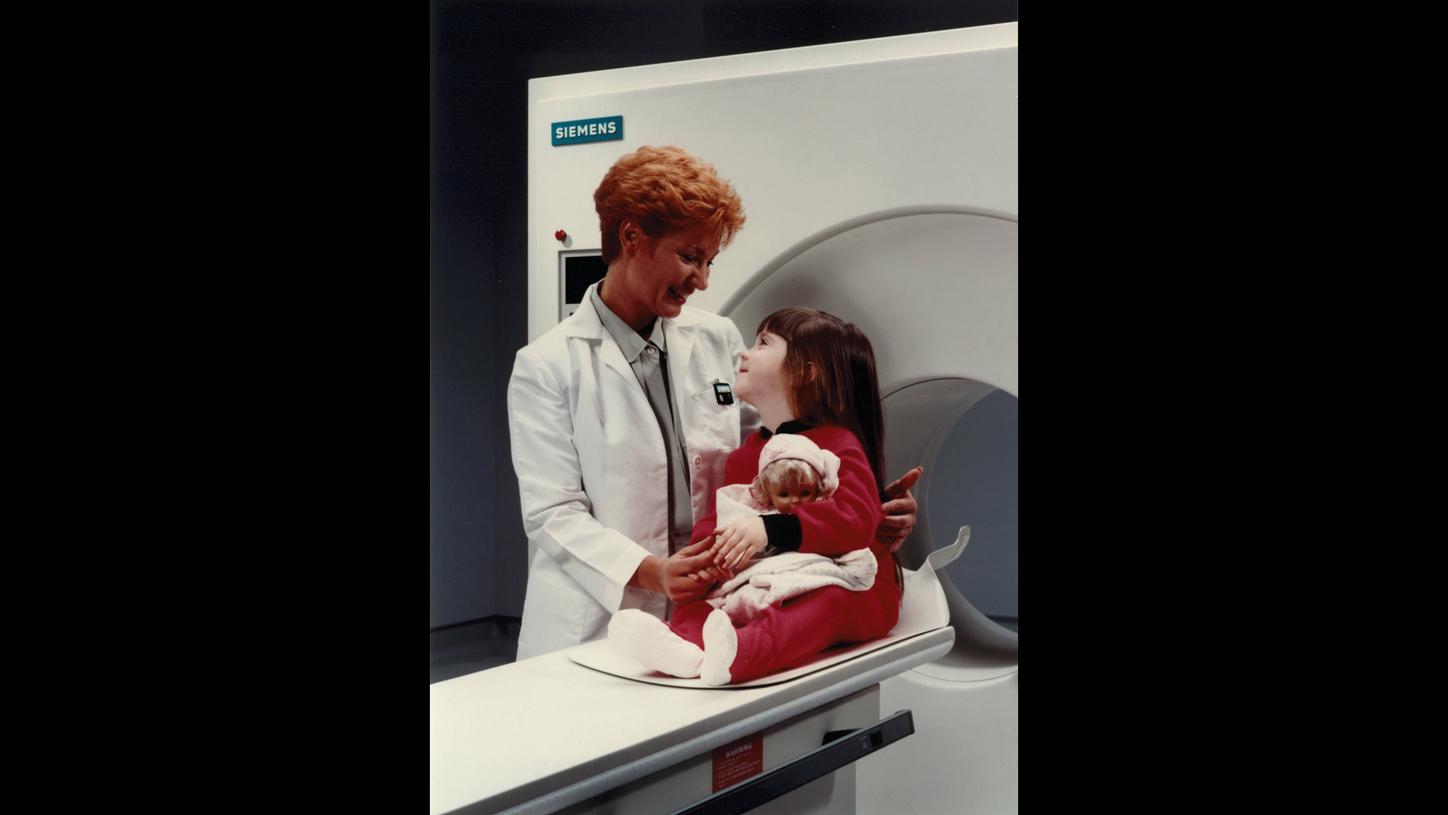
In 1987, Siemens acquired shares in Computer Technology and Imaging Inc., which had been founded four years earlier and was headquartered in Knoxville, Tennessee. This made Siemens the first major company to enter the positron-emission tomography (PET) business. From then on, all jointly developed PET scanners carried the Siemens logo.
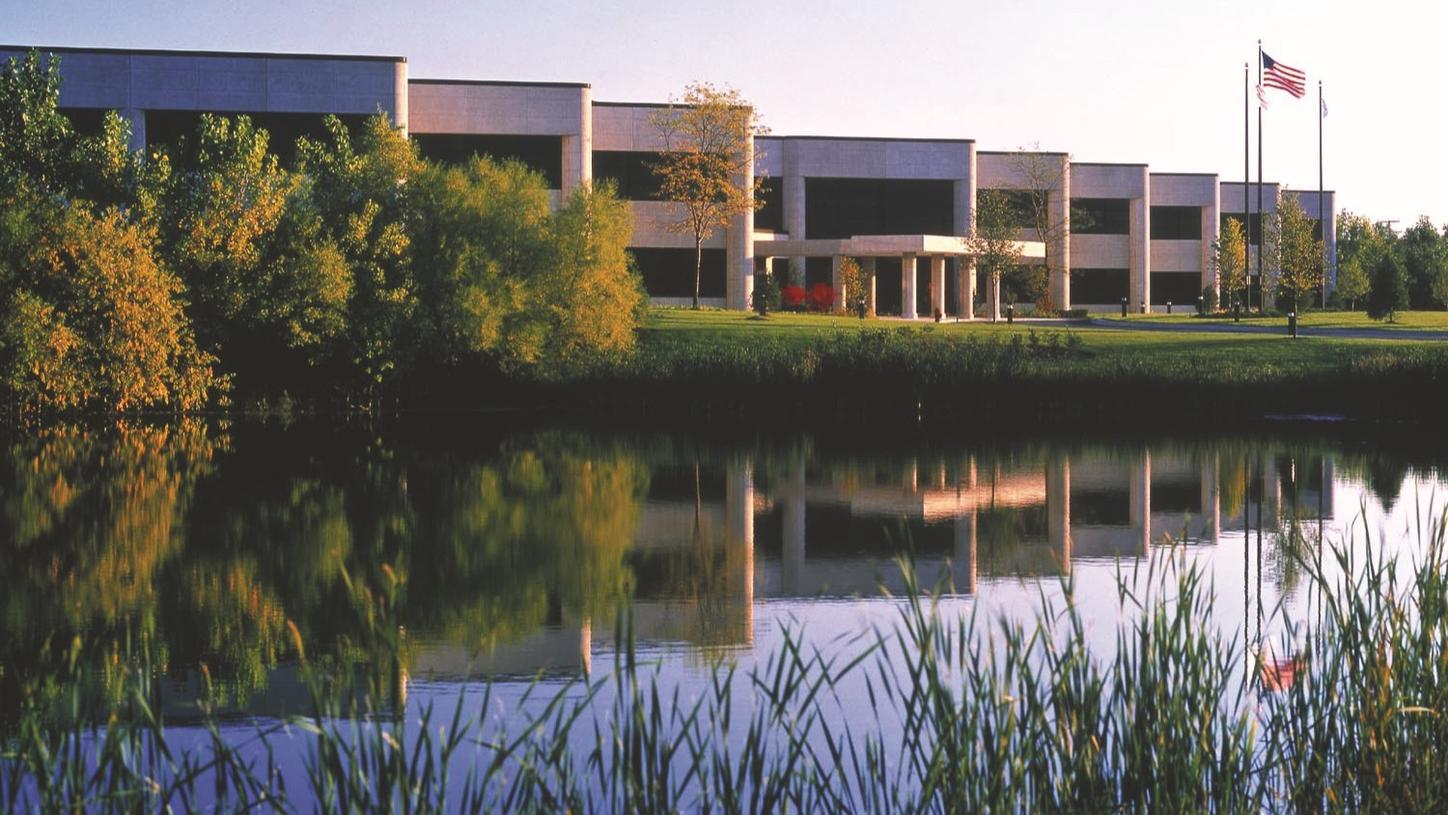
In 1989, the new site in Hoffman Estates, Illinois, opened. Today, it is the global headquarters of Molecular Imaging at Siemens Healthineers.
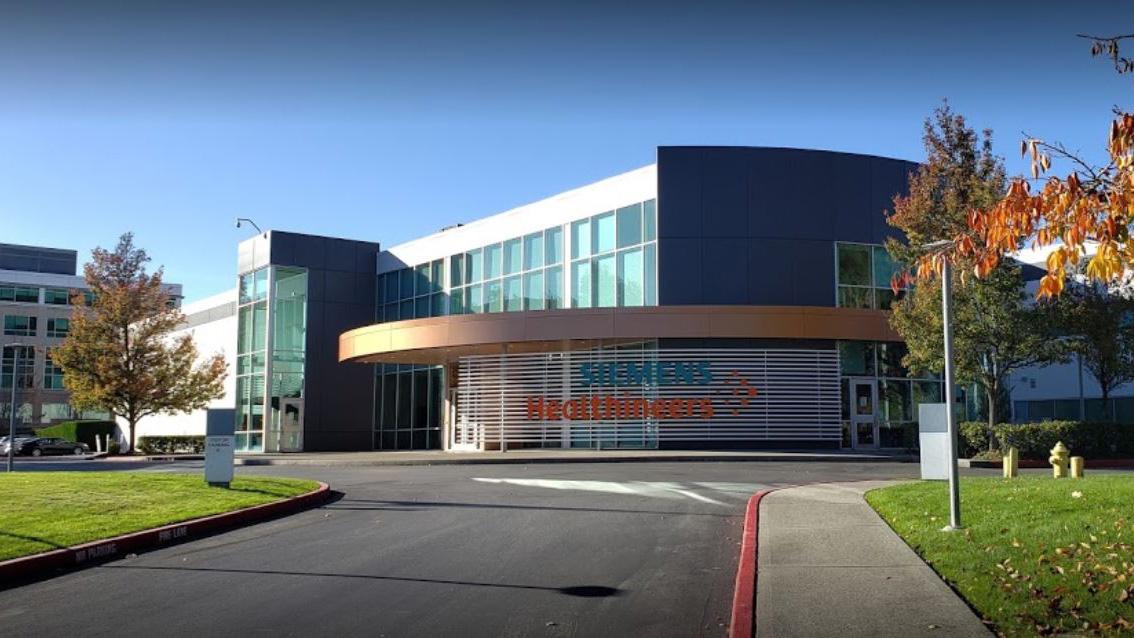
In 1990, Siemens acquired Quantum Medical Systems, a manufacturer of ultrasound devices headquartered in Issaquah, Washington. Today, Issaquah is the global headquarters of Ultrasound at Siemens Healthineers.
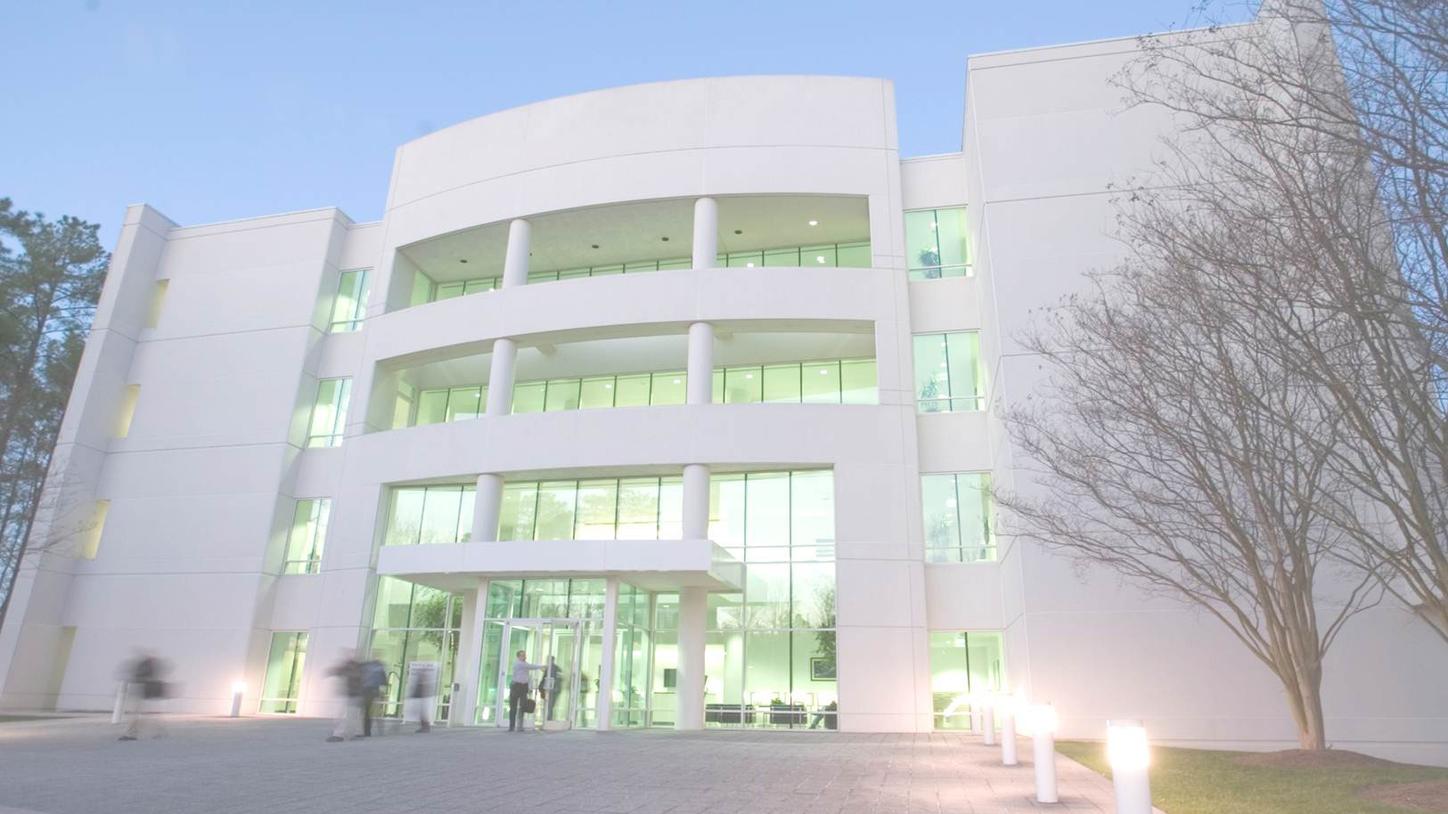
In 1992, the new training center in Cary, North Carolina, opened. In addition to technical training for service employees, the center also offers further education and training that enables our customers to get the most out of their systems.
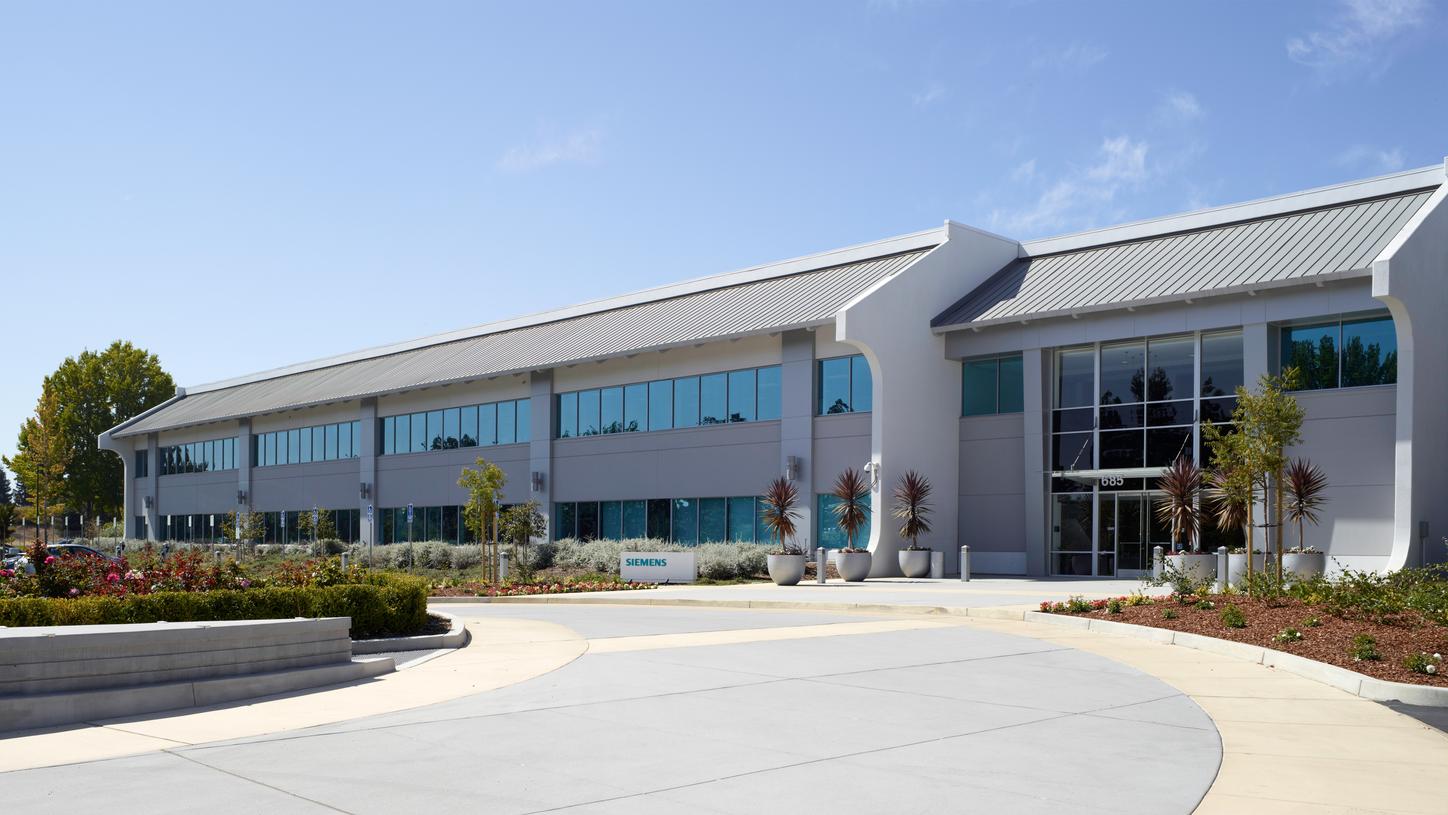
In 2000, Siemens took over Acuson, a market-leading company specializing in ultrasound devices. It was founded in 1981 in the USA with headquarters in Mountain View, California.
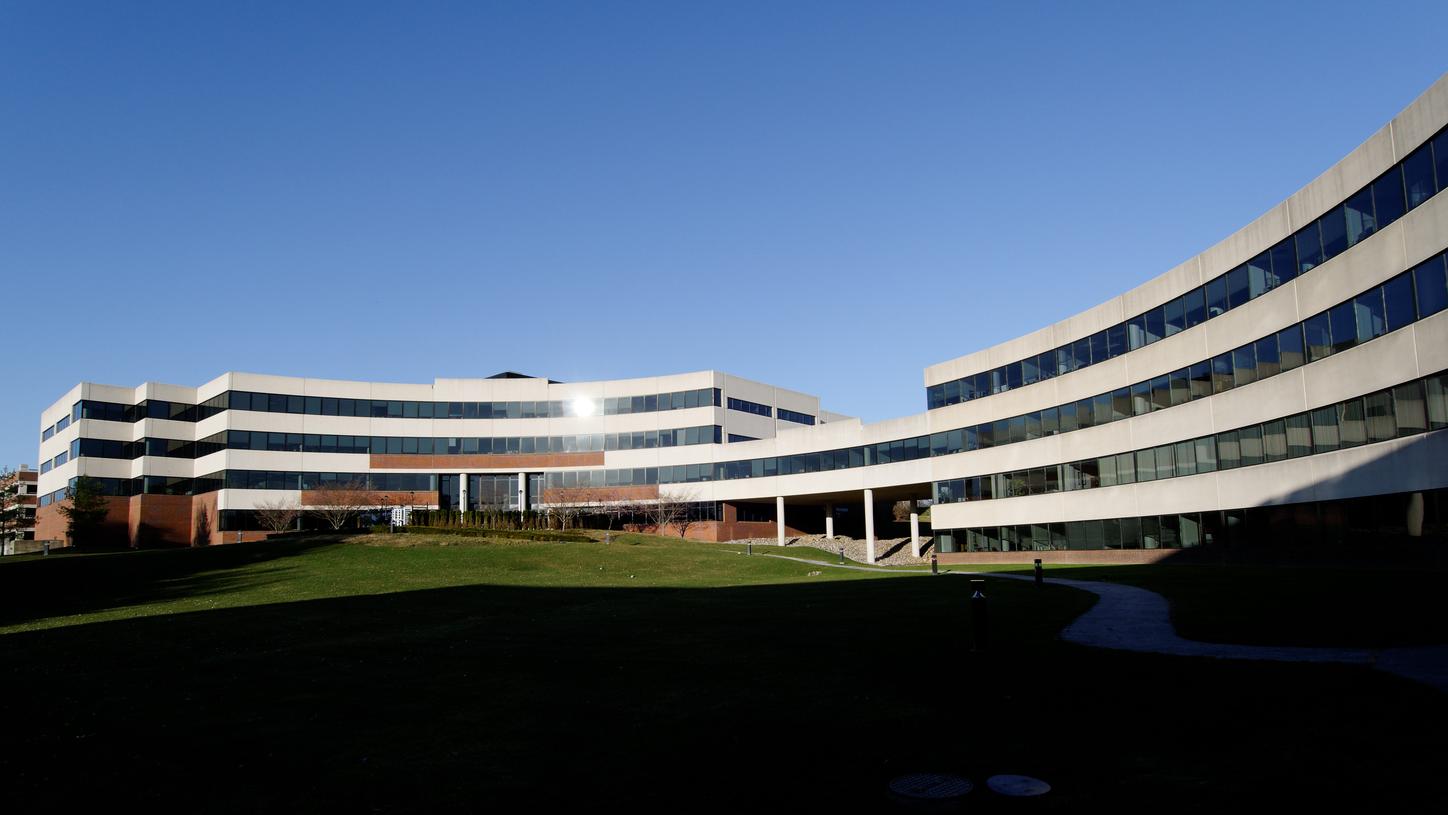
In 2000, Siemens took over the Shared Medical Systems Corporation, a leading provider of services and IT systems for administrative and clinical processes in healthcare, with headquarters in Malvern, Pennsylvania. In 2002, Malvern also became the headquarters of Siemens Medical Solutions USA Inc.
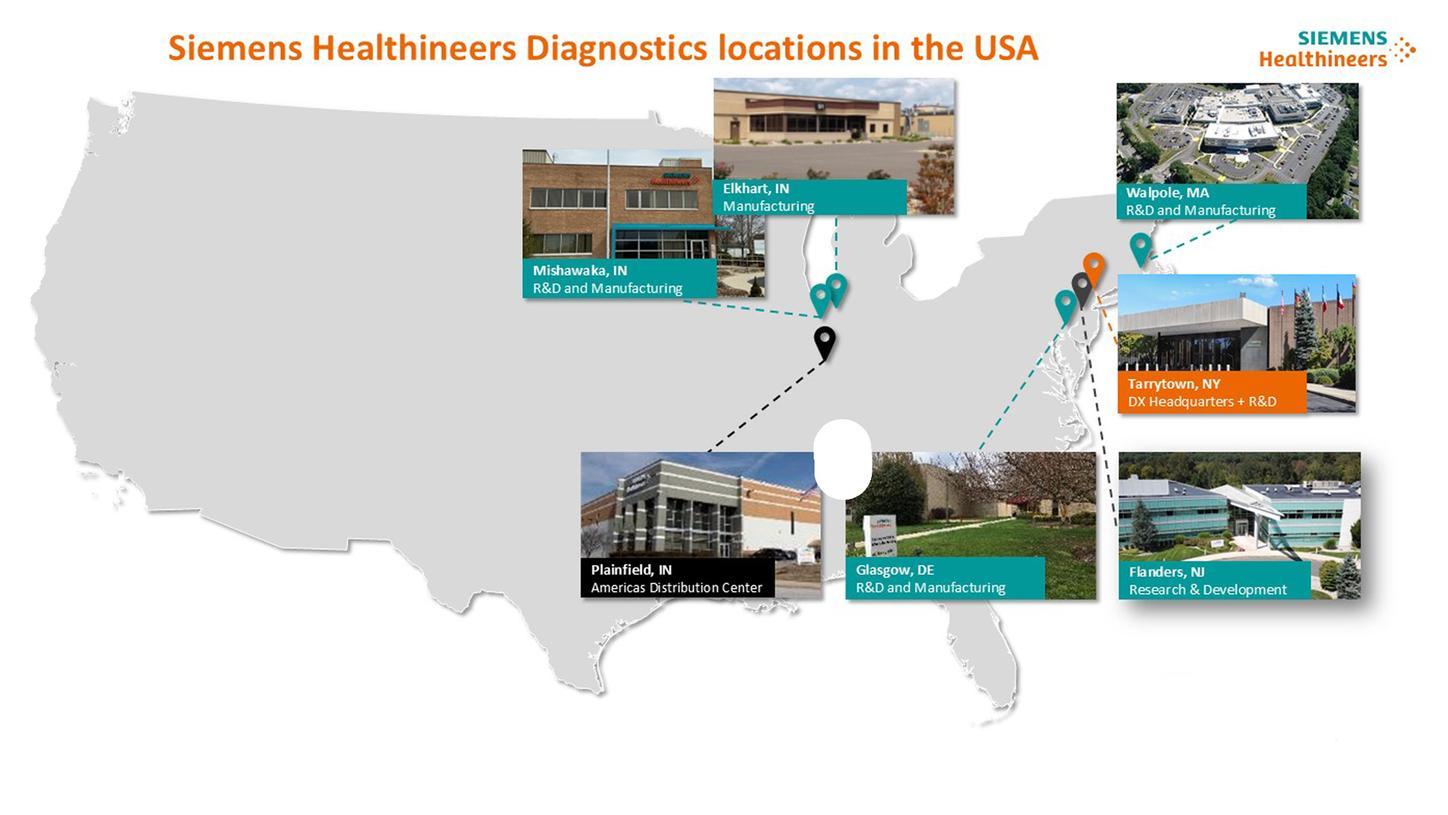
With the takeover of three long-standing laboratory diagnostics companies — Dade Behring, Diagnostic Products Corporation, and Bayer Diagnostics — Siemens added further new U.S. sites between 2006 and 2007. Today, the Diagnostics business of Siemens Healthineers is headquartered in Tarrytown, New York and has 7 locations in the USA. The map gives an overview of these locations.”

In 1974, Siemens took over the Applied Radiation Corporation in Walnut Creek, California, which had been developing and building linear accelerators for technical and medical applications since 1953. In 1989, the Walnut Creek factory closed and the production facility was relocated.
Another important deal was agreed in 2021: Building on many years of collaboration, Siemens Healthineers and Varian Medical Systems, headquartered in Palo Alto in California, combined in April 2021. “With the completion of this transaction, we are now best-positioned to take two leaps together: a leap in cancer care and a leap in our impact on healthcare overall. Together, we are establishing a strong and trusted partner capable of supporting customers and patients along the entire cancer care continuum as well as through all major clinical pathways,” said Bernd Montag, CEO of Siemens Healthineers, on the significance of the acquisition.
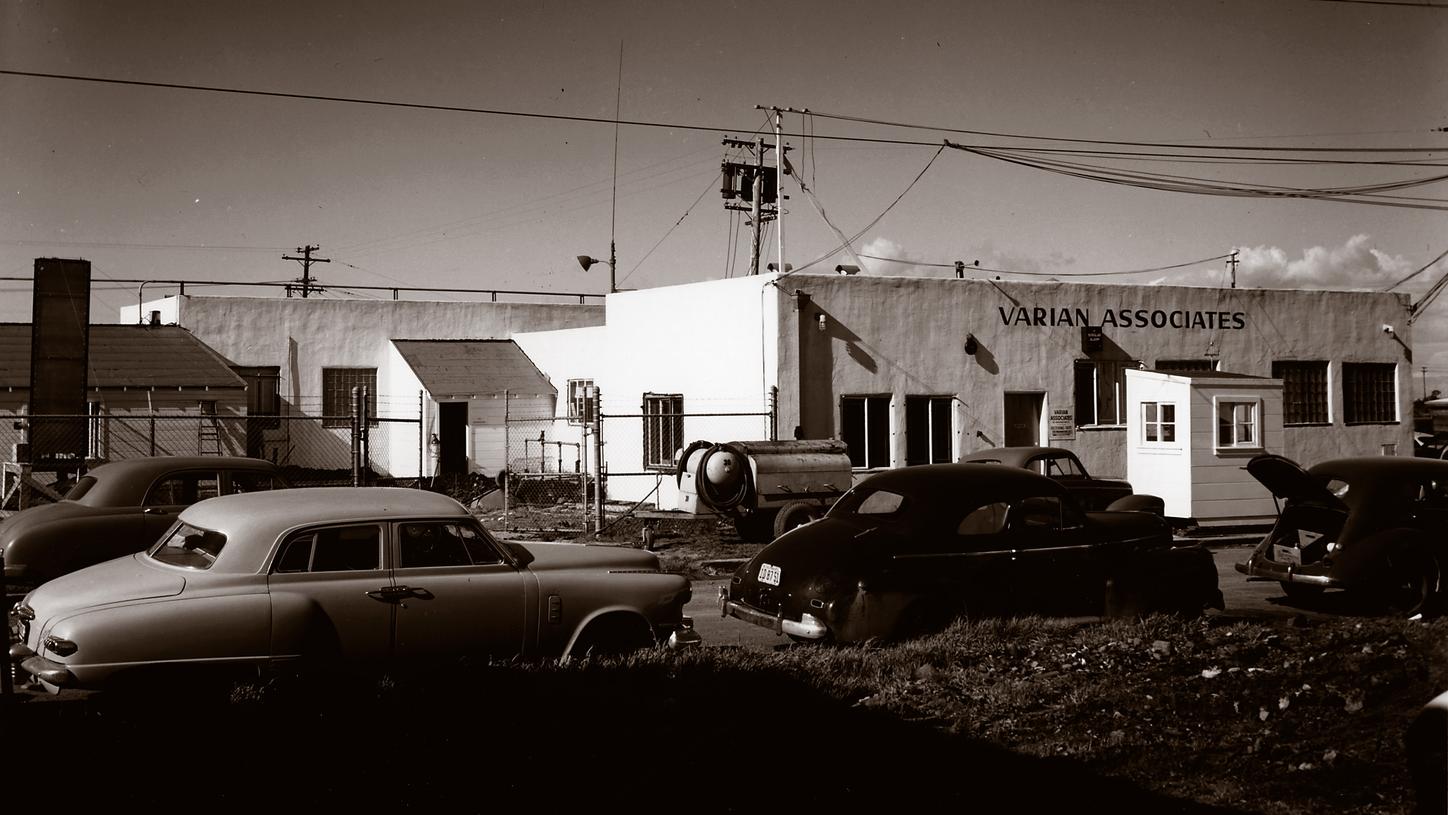
In 1948, a team of inventors and scientists founded Varian Associates. The first factory was located in a building covering roughly 110 square meters in San Carlos, California.
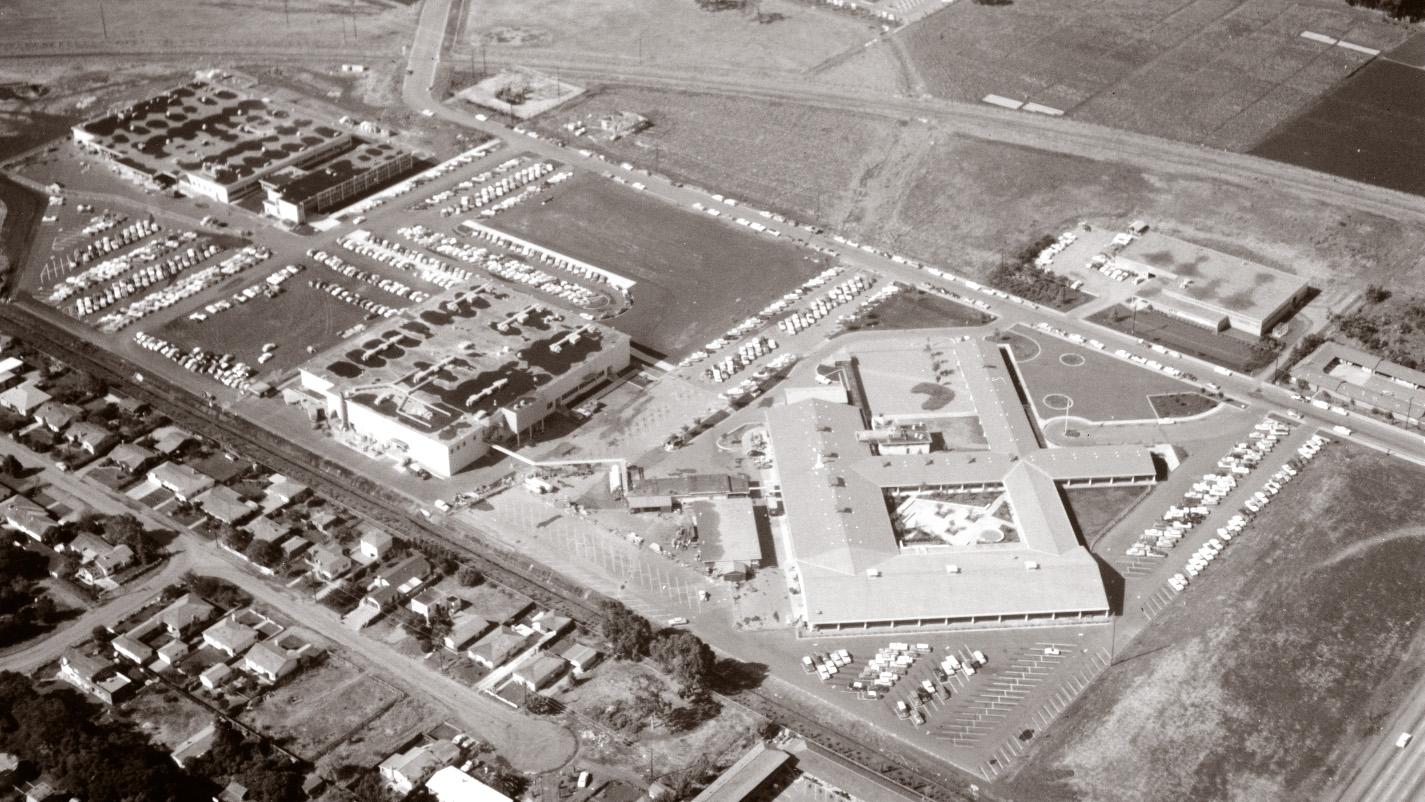
In 1953, Varian moved to its new headquarters in Palo Alto, California.
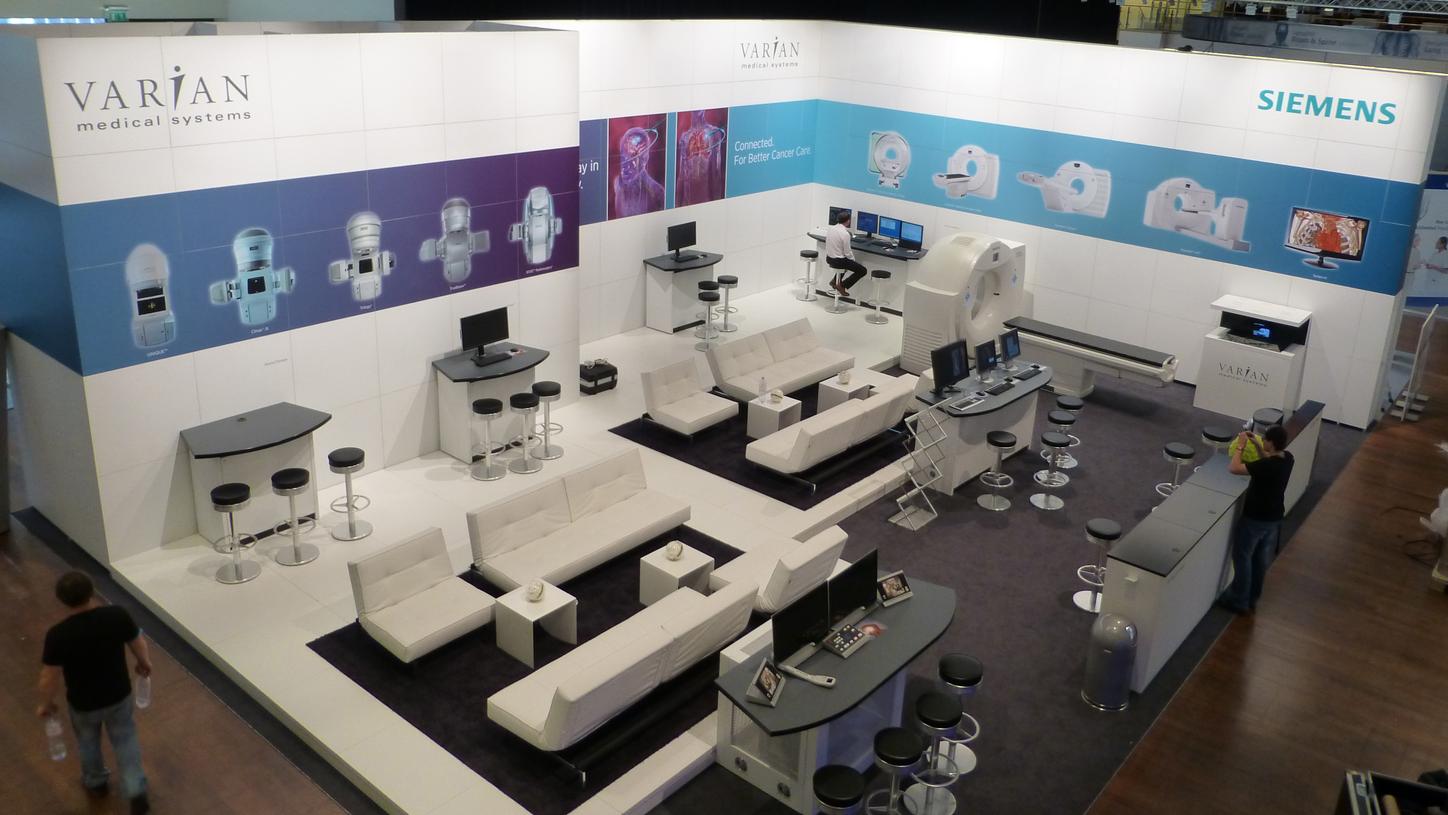
The shared history of Siemens and Varian began as early as 1969, when the two companies signed their first contract for collaboration in cancer therapy. More collaborations followed over the years. In 2013, Varian and the Siemens medical technology division presented themselves jointly at a shared trade fair booth.
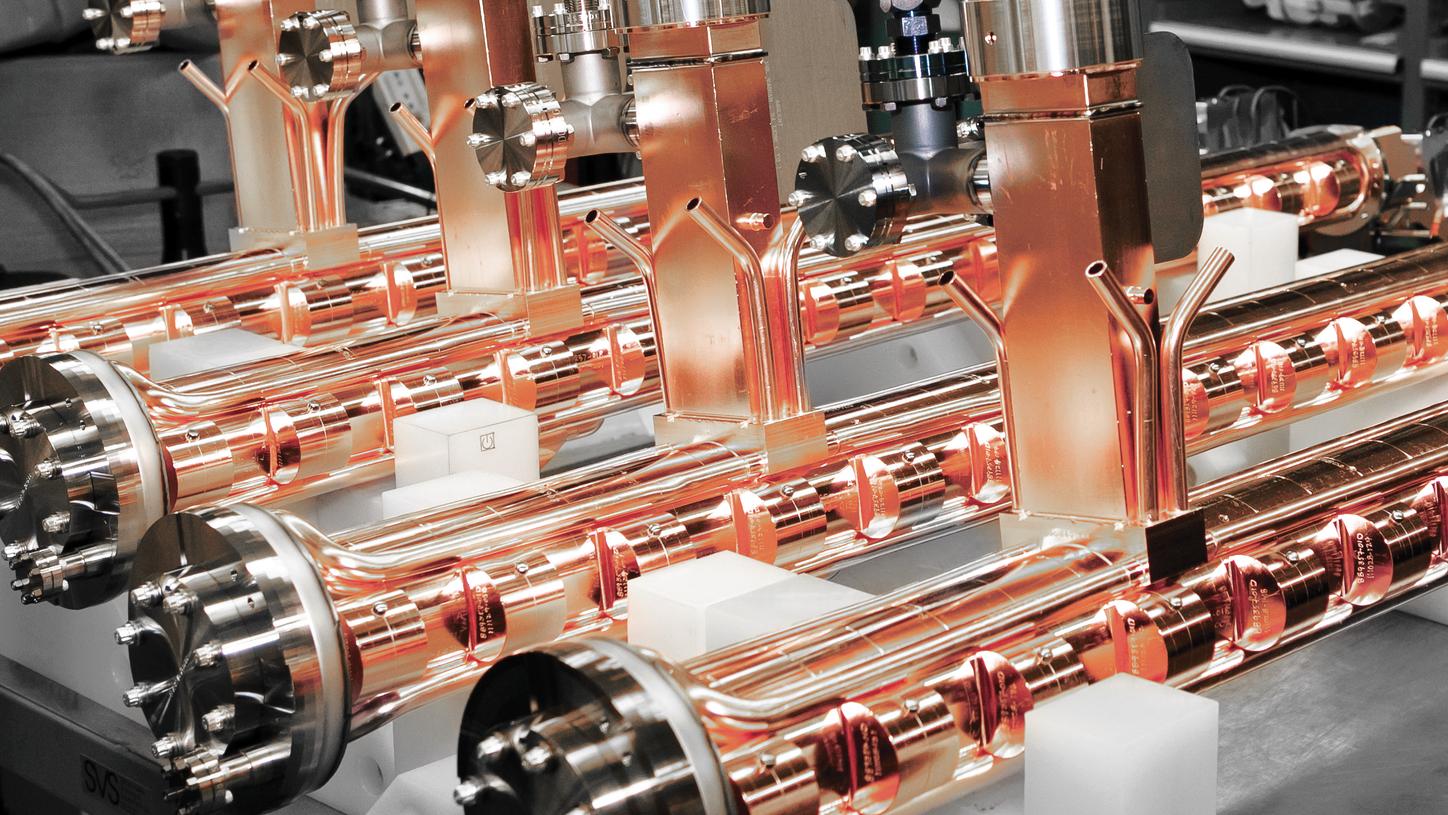
Today, the Palo Alto site develops and manufactures radiation therapy systems.
While Bartlewski and his typist began making American customers aware of Siemens medical technology in 1953, Siemens Healthineers now employs some 17,000 people in the USA. More people work for us in the USA and Germany than in any of the other 75 countries in which we are present. From a small New York office, Siemens Healthineers has grown to become one of the biggest medtech manufacturers in the USA. The country is home to the headquarters of the Diagnostics, Molecular Imaging, Radiation Therapy, and Ultrasound Business Areas. Siemens Healthineers has some 90 locations spread across the country. They include research and development centers, an AI center, a training center, sales and service offices, and factories. Many products from Siemens Healthineers — such as PET/CT scanners, SPECT/CT scanners, radiation therapy systems, ultrasound devices, and a wide range of systems and tests for laboratory diagnostics — today bear the label “Made in USA.”
Expert for History Communication and Historian at the Siemens Healthineers Historical Institute





